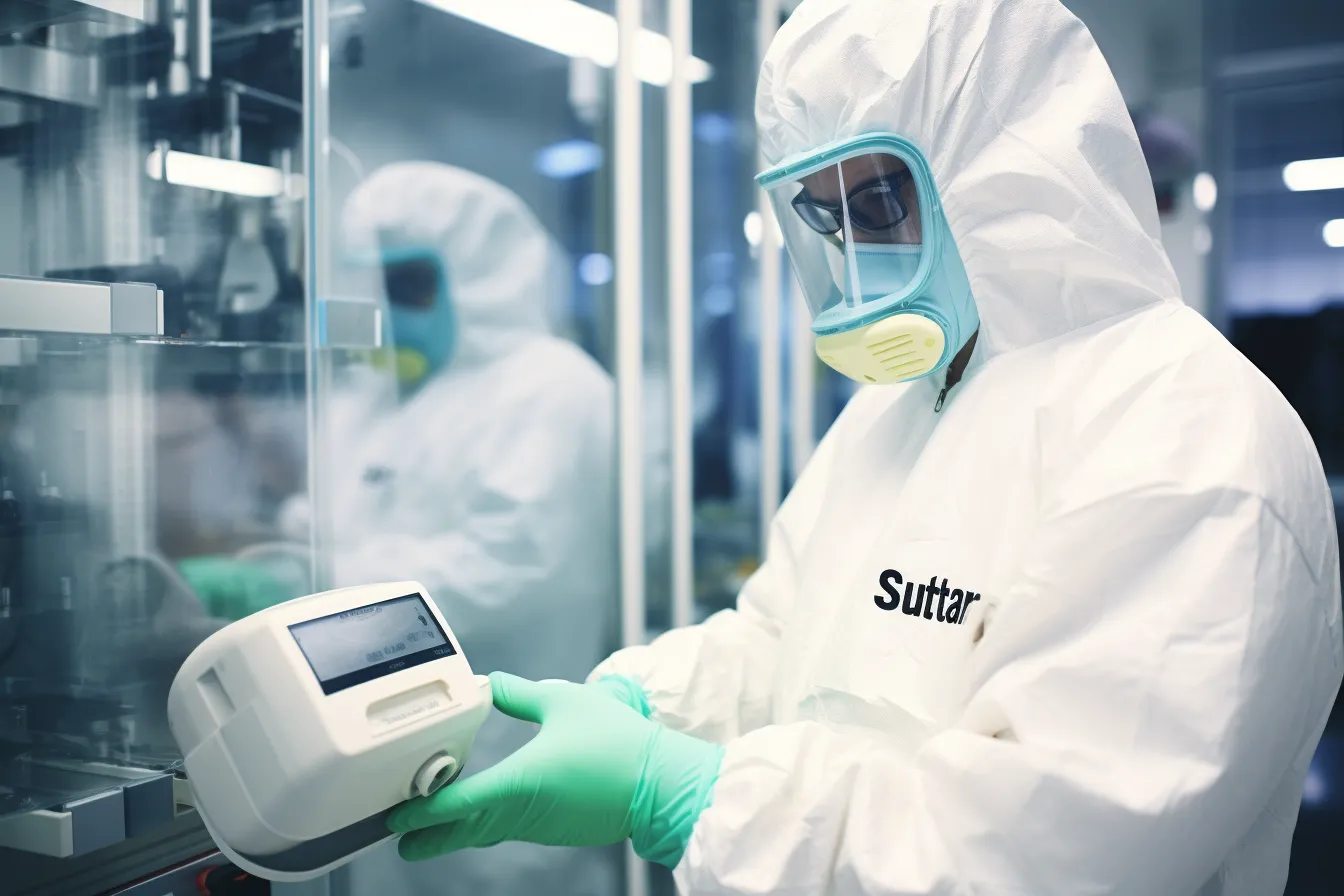Surgical procedures have come a long way since their inception, with advancements in technology, techniques, and understanding of the human body. From ancient times when surgery was continuously experimental and grim to the present day where surgeries are precise and efficient, the evolution of surgical procedures is truly remarkable. Let’s take a closer look at how surgical procedures have changed over time.
Ancient Surgical Procedures
In ancient times, surgical procedures were primarily conducted as a last resort and were often seen as dangerous and barbaric. Ancient civilizations, such as the Egyptians and Greeks, developed various surgical techniques; however, they lacked the modern understanding of anatomy and sterilization methods, resulting in high risks of infection and low success rates.
Surgeons in ancient times had limited tools and resources at their disposal. They primarily relied on basic instruments like knives, saws, and probes. There was little to no understanding of anesthesia, so procedures were carried out with the patient fully conscious, leading to excruciating pain and trauma.
The Renaissance Era and Early Science
During the Renaissance, advancements in science and anatomy led to a significant shift in surgical procedures. The works of anatomists such as Leonardo da Vinci and Andreas Vesalius provided detailed knowledge of human anatomy, enabling surgeons to better understand the body’s internal structure.
Surgeons began to develop more specialized procedures during this time. Ambroise Paré, a French surgeon, introduced ligatures to control bleeding during amputations, reducing the risk of hemorrhage and improving patient outcomes. Additionally, Paré’s methods of wound treatment focused on cleanliness and avoiding infection.
The Rise of Anesthesia and Antiseptics
The 19th century marked a crucial turning point in surgical procedures with the discovery and understanding of anesthesia and antiseptics. Before the invention of anesthesia, patients had to endure unbearable pain during surgery, making procedures swift and leaving little room for precision.
With the introduction of anesthesia, surgeons could now perform complex and lengthy procedures without causing excessive pain to the patient. Nitrous oxide and ether were among the first anesthetics used, revolutionizing surgical practices and allowing for more precise and delicate operations.
Antiseptics also played a vital role in improving surgical outcomes. The pioneering work of Joseph Lister, a British surgeon, introduced the concept of using antiseptic agents to prevent infections. By applying carbolic acid to wounds and sterilizing surgical instruments, the risk of postoperative infections significantly decreased.
Advancements in Technology and Minimally Invasive Procedures
As technology rapidly advanced in the 20th century, surgical procedures saw yet another significant transformation. The development of X-rays, CT scans, and MRI scans allowed surgeons to visualize internal structures more accurately, aiding in preoperative planning and minimizing risks during surgical interventions.
One of the most notable advancements in surgical procedures is the rise of minimally invasive techniques. These procedures, such as laparoscopy and robotic surgery, utilize small incisions and specialized instruments to access and operate on specific areas of the body. Minimally invasive procedures offer numerous benefits, including reduced postoperative pain, shorter recovery times, and smaller scars.
The Future of Surgical Procedures
Looking ahead, the future of surgical procedures is promising as technology continues to advance. Robotic-assisted surgeries are becoming more prevalent, with robots taking on increasingly complex procedures under the guidance of skilled surgeons.
Advancements in augmented reality and virtual reality are also anticipated to enhance the visualization and planning of surgical interventions. Surgeons may be able to project 3D holographic images of patients’ anatomy, facilitating better precision during operations.
Furthermore, gene editing technologies, such as CRISPR-Cas9, hold the potential to revolutionize surgical procedures at a genetic level. Genetic modifications may be used to treat and prevent certain diseases, reducing the need for invasive surgeries altogether.
The evolution of surgical procedures has been a continuous journey from ancient times to the present day. Through advancements in science, understanding of anatomy, and technological breakthroughs, surgical interventions have become safer, more precise, and less invasive. As we look toward the future, there is no doubt that we will witness further transformative changes in the world of surgical procedures.
